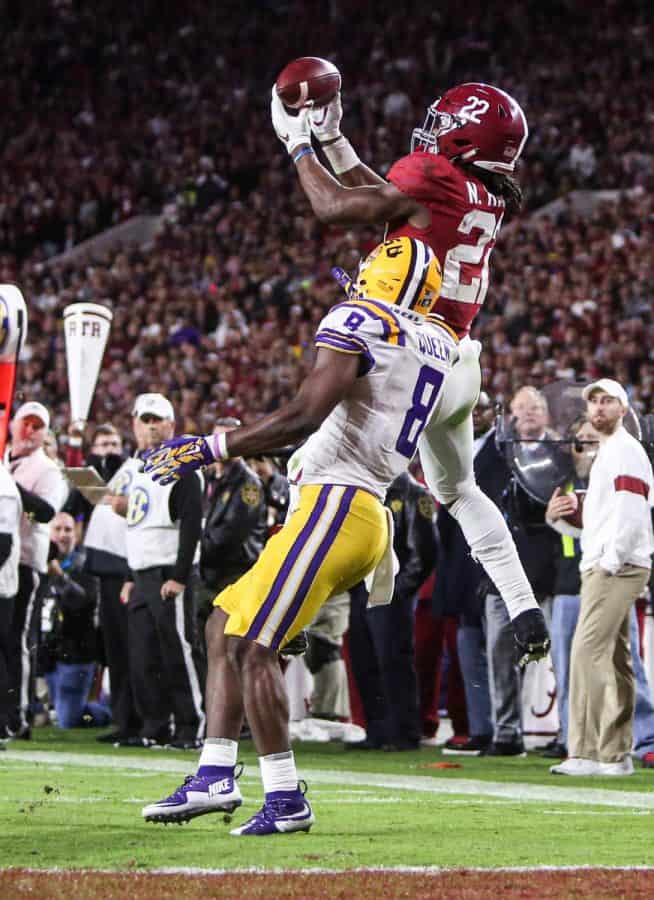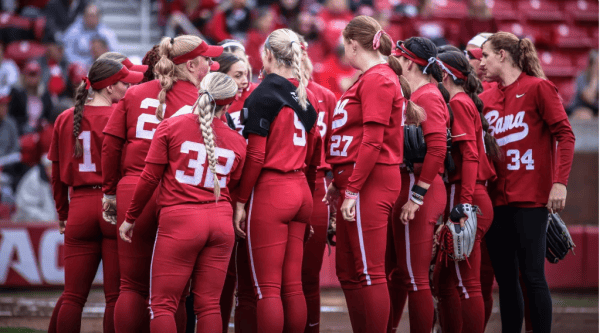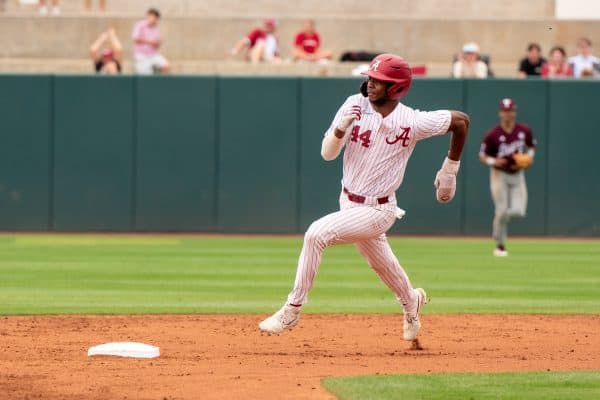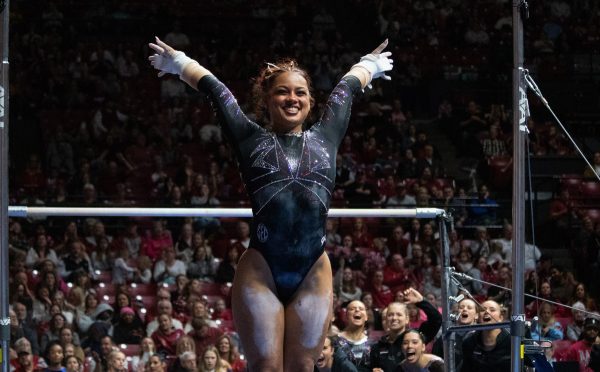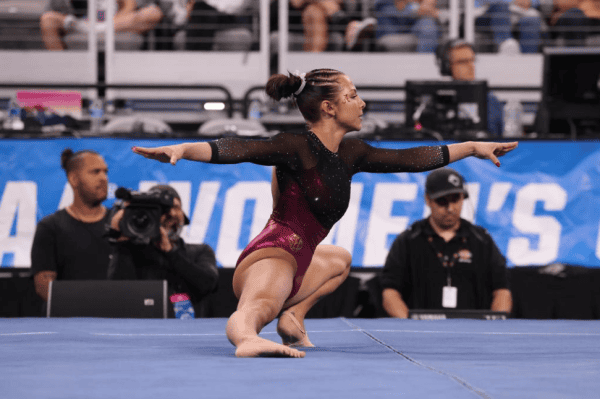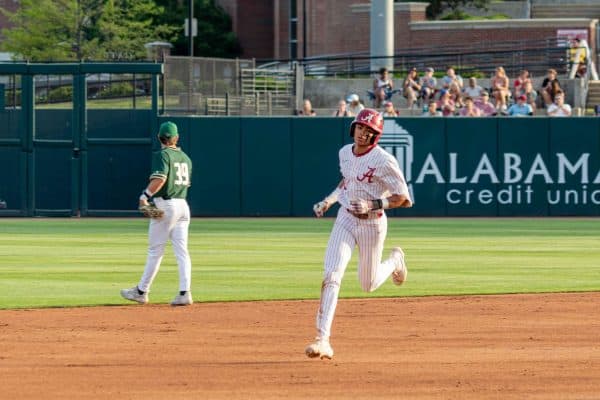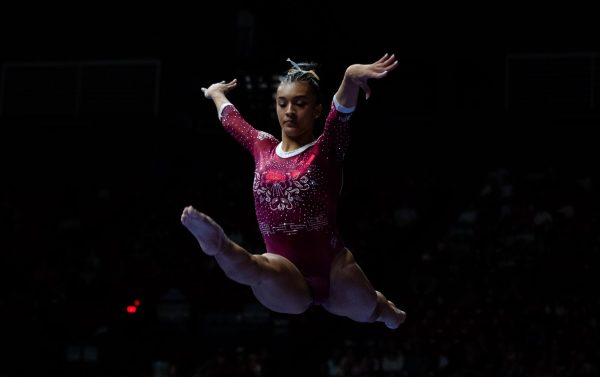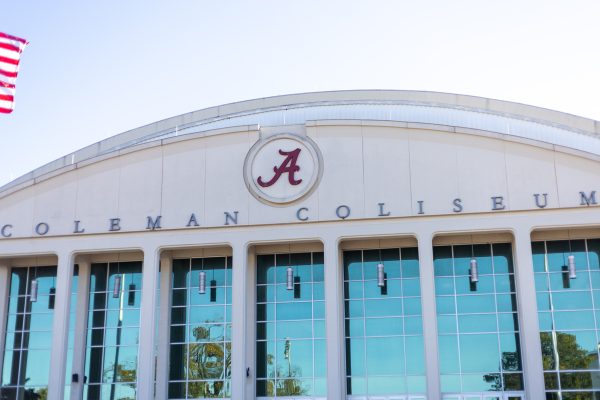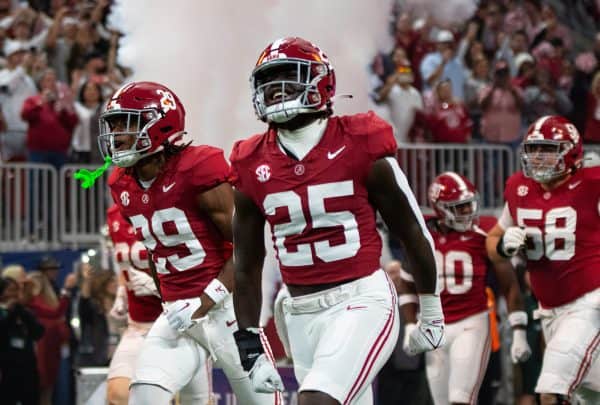Tide Top Five: Pivotal plays from Alabama’s loss to LSU
November 11, 2019
The second chapter of the “Game of the Century” between Alabama and LSU produced far more offense than the nine field goal attempts that the 2011 game did. The 46 points allowed by the Alabama defense are the most in head coach Nick Saban’s tenure, and LSU quarterback Joe Burrow established himself as a true Heisman front-runner with his performance on Nov. 9.
“[LSU’s offense] is challenging to defend,” Saban said. “They have a really good handle on what they’re trying to do. They have no weaknesses on offense.”
A slow start put the Crimson Tide behind 10-0 in the first quarter, but it was able to cut the lead down to three points on two separate occasions in the first half. The last four-and-a-half minutes of the half saw LSU put up 17 unanswered points to hold a 33-13 lead at the break.
Junior running back Najee Harris put up 152 all-purpose yards and two scores after halftime to cut the lead down to six. However, two touchdown runs by LSU running back Clyde Edwards-Helaire in the fourth quarter were enough to halt the Alabama comeback and give LSU the 46-41 win in Bryant-Denny Stadium.
Key Plays:
- The second quarter produced many plays that changed the course of the game, but Burrow’s pass to tight end Thaddeus Moss with 1:11 left could very well be the catch of the year. Burrow scrambled right and threw on the run to the front-right corner of the end zone, and Moss made the catch at the Alabama 1-yard line. After a lengthy review that showed Moss step out of bounds, the catch was upheld due to an official’s ruling that he was forced out and re-established himself inbounds and made the catch. Edwards-Helaire scored three plays later on a 1-yard run.
- After Alabama received the ensuing kickoff after Moss’ spectacular grab and the Edwards-Helaire run, the Crimson Tide offense was on the field for just one play. Junior quarterback Tua Tagovailoa did not see LSU linebacker Patrick Queen drop into coverage and threw an interception right to the linebacker with 11 seconds left in the first half. On the next play from scrimmage, Edwards-Helaire caught a 13-yard touchdown pass from Burrow to put LSU up 20 at the half.
- The first touchdown of the game by LSU came on its opening drive. Starting at its own 8-yard line, LSU made a statement, driving 92 yards in six plays. Burrow gained the last 74 yards on three pass plays, culminating with a 33-yard strike to receiver Ja’Marr Chase with 9:15 left in the first quarter. LSU took a 7-0 lead and never looked back.
- Trailing 16-7 early in the second quarter, Alabama was faced with a fourth-and-1 at midfield and threw a new look at LSU. Enter the “Sladecat” formation, which has produced good results in earlier games this year. Redshirt freshman wide receiver Slade Bolden lined up behind center Landon Dickerson and ran into a wall at the line of scrimmage for no gain, and the ball went back to the LSU offense.
- Alabama needed to get something going quick after halftime, and Harris did his part in the second-half comeback bid. Alabama lined up in the shadow of its own goalpost at the 5-yard line, but Harris accounted for 73 of the 95 yards en route to the end zone. On the 10th play of the drive, Harris ran a wheel route down the LSU sideline, leaped up in front of the defender and came down with the ball just inside the pylon to spark a spirited attempt at a comeback.
Passing:
Tua Tagovailoa: 21 for 40 passing for 418 yards, four touchdowns and one interception.
Rushing:
Najee Harris: 19 carries for 146 yards and one touchdown.
Receiving:
DeVonta Smith: Seven receptions for 213 yards and two touchdowns.

